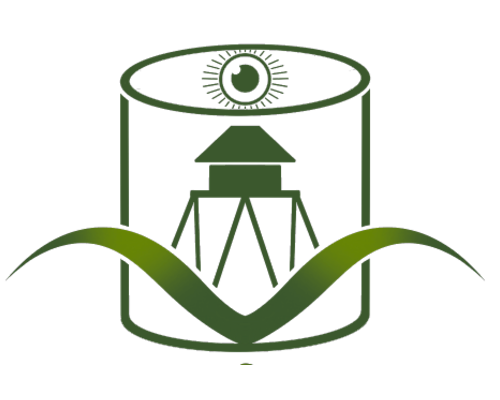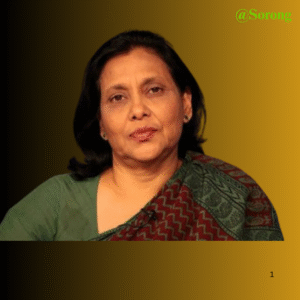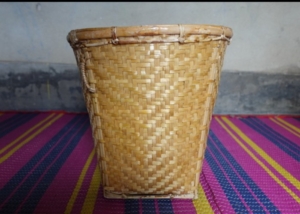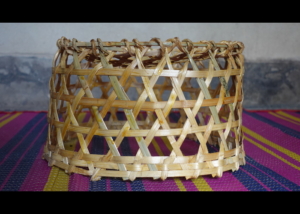Languages Matter in Education: Mathura Bikash Tripura
![]()
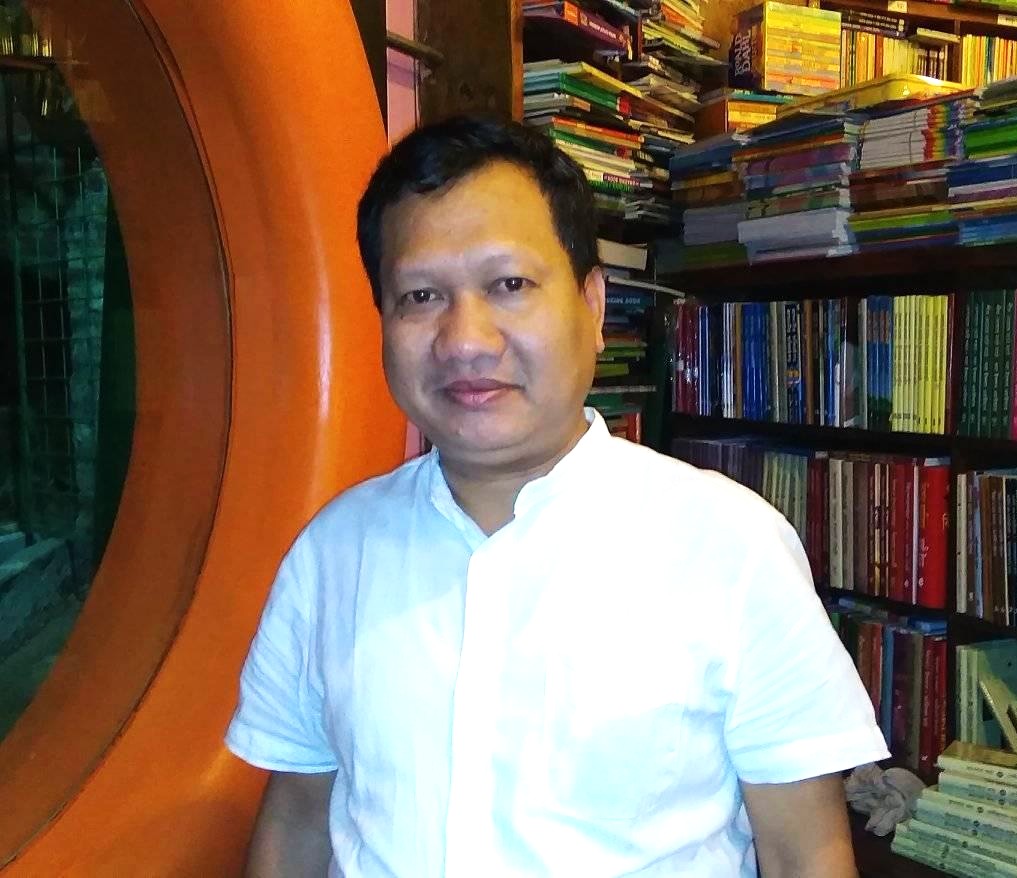
‘It is necessary to provide education to adivasi/ethnic minority people with a curriculum that allows learning in their own language at primary level.’ (Unlocking the Potential – National Strategy for Accelerated Poverty Reduction, PRS, 2005). Let me start with the experience of my own life. I took more than seven years to understand the lessons of the textbooks as these were written in Bangla, the national language of Bangladesh. I used to memorize the lessons from grade one to seven without understanding any meaning of the lessons as other Indigenous children do. From the grade six I started my struggle of understanding Bangla, while I came out from my village to the district headquarters to go to high school. I could not differentiate between the local Chittagonian dialect and Bangla up to grade eight. At grade eight, we had a lesson of playing drama. Taking part at the drama I understood the use of actual Bangla and gradually started understanding the meanings of lessons.’
Article 28 of the Constitution, prohibits discrimination on the grounds of race, religion, and place of birth. There are more than 45 Indigenous nationalities in Bangladesh with major concentration in the Chittagong Hill Tracts. We have 11 linguistic groups in the Chittagong Tracts, which are officially recorded as Bawm, Chak, Chakma, Khyang, Khumi, Lusai, Marma, Mro, Pangkhua, Tanchangya and Tripura. There are also some microscopic ethnic groups in the CHTs like the Santals, the Assamese, the Nepalese and so on. For decades due to political instability, facilities of development of the area were limited; the area remained virtually isolated from the rest of the country and the inhabitants were deprived from the benefit of development. The historical CHT Accord of 1997 has opened up the opportunities for developmental initiatives in the area.
It is estimated that 55.5% of indigenous children in the 6-10 years age group in Bangladesh are not enrolled in school, which is well below national averages (ADB 2001). The drop out rate of ethnic minority children is also much higher than the estimated national rate. Because, most of the Indigenous children enter primary school not knowing any Bangla, or very little. One of the most difficult obstacles to educational access faced by the CHT Indigenous children is that of language diversity. The CHT children, especially those living in the most remote locations cannot speak or understand Bangla, yet, within the schools both the textbooks and the medium of instruction are in Bangla. As a result, their school performance is hampered in many ways: enrolment is reduced, attendance is irregular, the dropout rate is high, and achievement is extremely low. Under these conditions the natural mental growth and creativity of the children are also greatly constrained. (Durnnian, 2007)
Though the government agreed to mother tongue primary education in the 1997 Peace Accord (Article 33 b) and in the recent national education policy, it has made no efforts to implement such education in the CHT to date. Primary education is a transferred department to the Hill District Councils, under the relevant clauses of the CHT Accord (1997). But the councils are not able to implement mother tongue education without clear guidance and permission from the concerned ministry.Bangla is formally used in teaching process, no other languages are allowed to be used in the classes. A recent study shown that some teachers rated about 15% informally use Indigenous languages in teaching process to explain the lessons. Some 13% teachers use both languages to explain the contents of books to the students (Sikder and Tripura 2008). Others use fully Bangla for explaining the lessons. Among the respondent teachers, 81% believe that primary education in mother tongue of respective children has multidimensional affects to the education of children. 70% among them opined that they face difficulty to explain the contents of books to the students because of language barriers as most of the students do not understand Bangla (Sikder and Tripura 2008).
About 63% students among the respondents face difficulty in understanding the contents of books, and 72% students believe that the language of instruction and language and context of curriculum should be in their own mother tongue (Sikder and Tripura 2008).The most recent progress in education sector in Bangladesh is the formulation of National Education Policy. This policy recognizes the rights of Indigenous children to learn in their own mother tongue up to the Primary level. The challenges for Indigenous children in accessing and completing a quality education in Bangladesh are- language barriers, limited access to education, irrelevant and poor quality and the discrepancy of the national system with the local contexts and conditions. These issues are also identified by the government studies especially by the study of MoPME in 2006, which produced a policy document under PEDPII entitling ‘Primary Education Situational Analysis, Strategies and Action Plan for Mainstreaming Tribal Children’ (MoPME, 2006).
Bangladesh has many positive policy documents, which support the quality inclusive education for the indigenous children. In order to achieve the goal to ensure education for all by 2015, there should be a positive effort to bring forward the issues of Indigenous Peoples. Mother tongue based Multilingual Education and other relevant efforts may enforce the achievement of the goals of PEDPII and PRSP, and eventually the goals of Millennium Declaration. There is no alternative of inclusive effort in the development of the nation. The nation should bring forward the issues of the Indigenous Peoples in every development efforts of the country. Indigenous children should be taught in their own language and within their own cultural environment. As the Government of Bangladesh is committed to ‘make primary education compulsory and available free to all’ (Article 28, UNCRC).
*Abbreviated from paper presented in February 2009 at UNESCO Headquarters, Paris.
Mathura Bikash Tripura is an Indigenous Language Researcher in Bangladesh.
